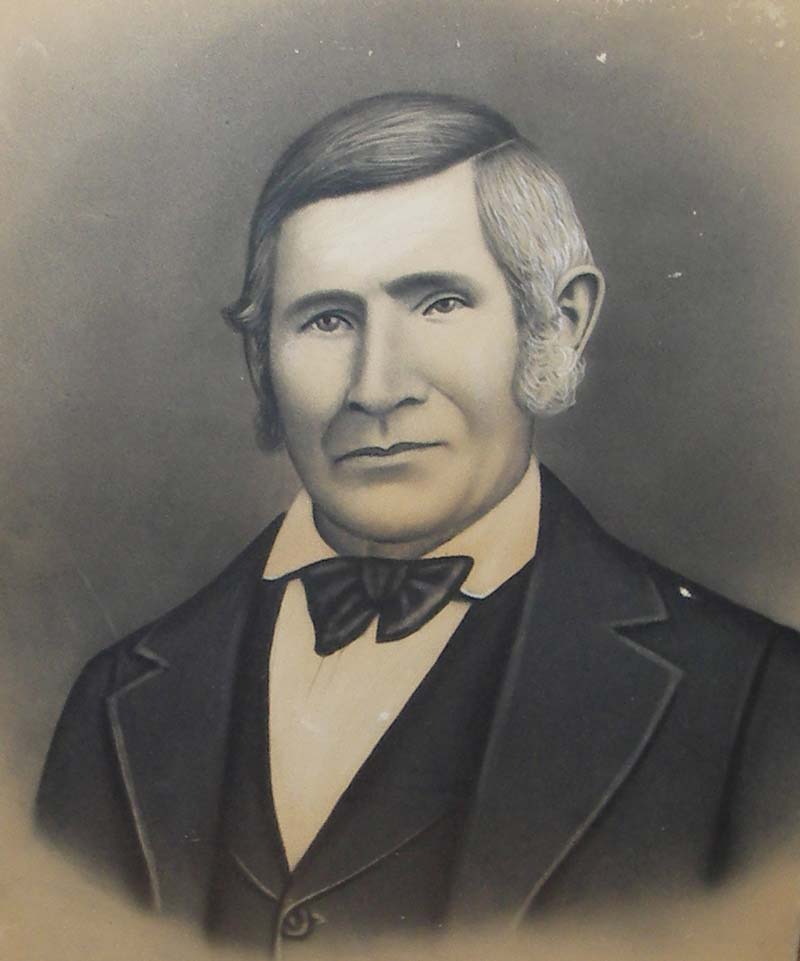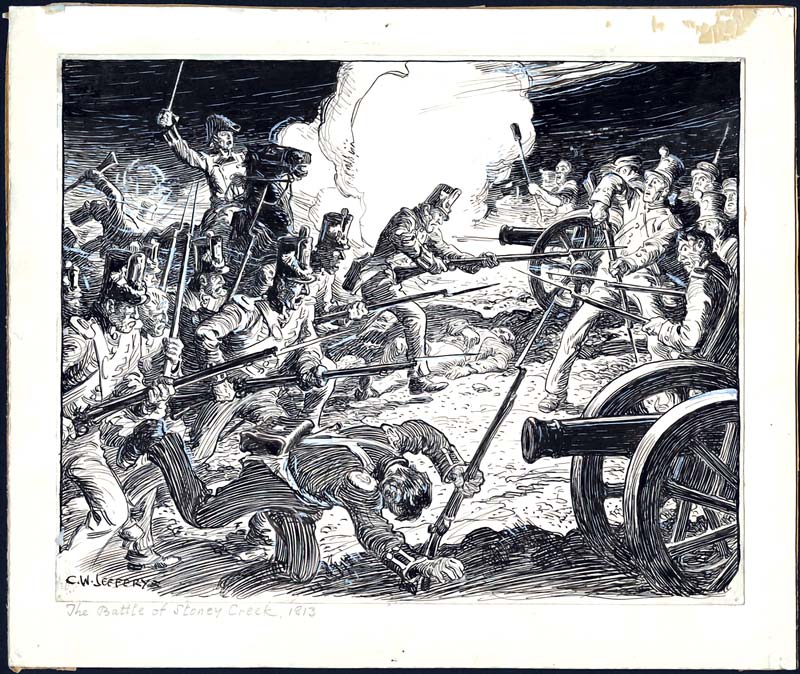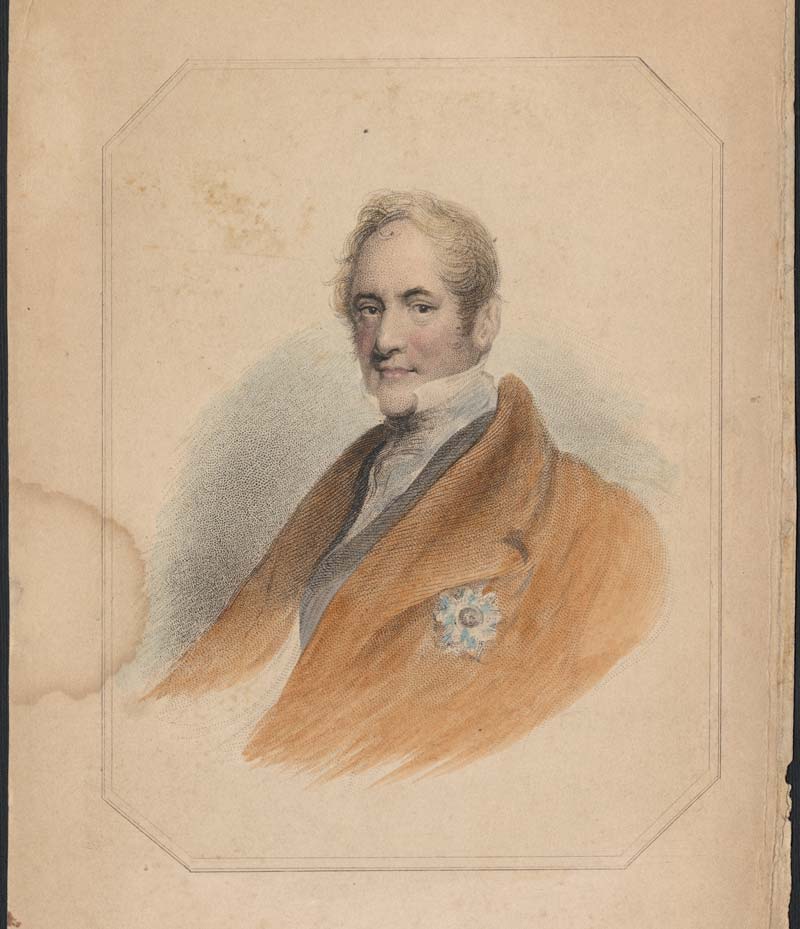
“William Green did his duty,” wrote James Crooks in all the statutory minimalism warranted by an 1820 affidavit.
The five-word token was an application for a land grant based on Green’s military service in the War of 1812. But what exactly did the man known as Billy do?
Some tout the scout from Stoney Creek, Upper Canada, in legendary proportions, seamlessly transforming into a Laura Secord-like savior. For instance, upon erecting a monument to honour Green in 1938 at the Stoney Creek Cemetery, The Mail and Empire newspaper wrote, “And so Canada remained British…due to the cool-headed, yet audacious courage of Billy Green, the farm lad who was God’s instrument in saving Upper Canada.”

Others, however, chalk it up to generational myth-building. James Elliott, a journalist and the author of Strange Fatality: The Battle of Stoney Creek, 1813, calls “balderdash” on Green. “[Billy’s story was] part of the great patriotic awakening of the 1880s to give Stoney Creek and Hamilton a War of 1812 hero,” Elliott wrote in The Hamilton Spectator in 2009.
Regardless, the debate over Green’s legacy is proof of his enduring impact—a story carried in his sword.
“And so Canada remained British…due to the cool-headed, yet audacious courage of Billy Green.” —The Mail and Empire
On Feb. 4, 1794, Green was the first white child born in Stoney Creek. A Loyalist, Green would often be found climbing trees, imitating animal calls and enriching his geographical knowledge of Stoney Creek and the Niagara Escarpment—bush skills that would later be vital to his contributions in the War of 1812. When war was declared on June 18, 1812, Green was 18.
A year later, Green’s brother-in- law, Isaac Corman, ran into U.S. troops who had invaded the Niagara Peninsula. Corman was arrested for refusing to tell the Americans where local Indigenous warriors were. He was later released and given the evening’s countersign so that he could return home. Corman met Green on his way and told him the password.
Green rode to Burlington Heights to share the intelligence with the British. Initially skeptical, the British army soon decided to launch a surprise attack on the Americans. But navigation through the woods was obscured by fog, so before the troops left, British Lieutenant-Colonel John Harvey gave Green a corporal’s sword and asked the local wild child to help lead the way to Battlefield Creek. Though the Battle of Stoney Creek lasted no more than 45 minutes, it was a key victory for the British.


The symbolic sword, meanwhile, was passed on by four generations of Green’s family. Today, it’s in the collection of the Stoney Creek Historical Society’s Reference Library and Archive.
Besides the monument at the Stoney Creek Cemetery, Green was also memorialized on the Battlefield Monument in 1913, and he received numerous accolades from the government and local newspapers. Today, a local waterfall, an elementary school and songs by Woody Lambe, Stan Rogers and George Fox are named in his honour.
Larger than life story or not, Billy Green the scout, sword in hand, was there in 1813.
Advertisement












